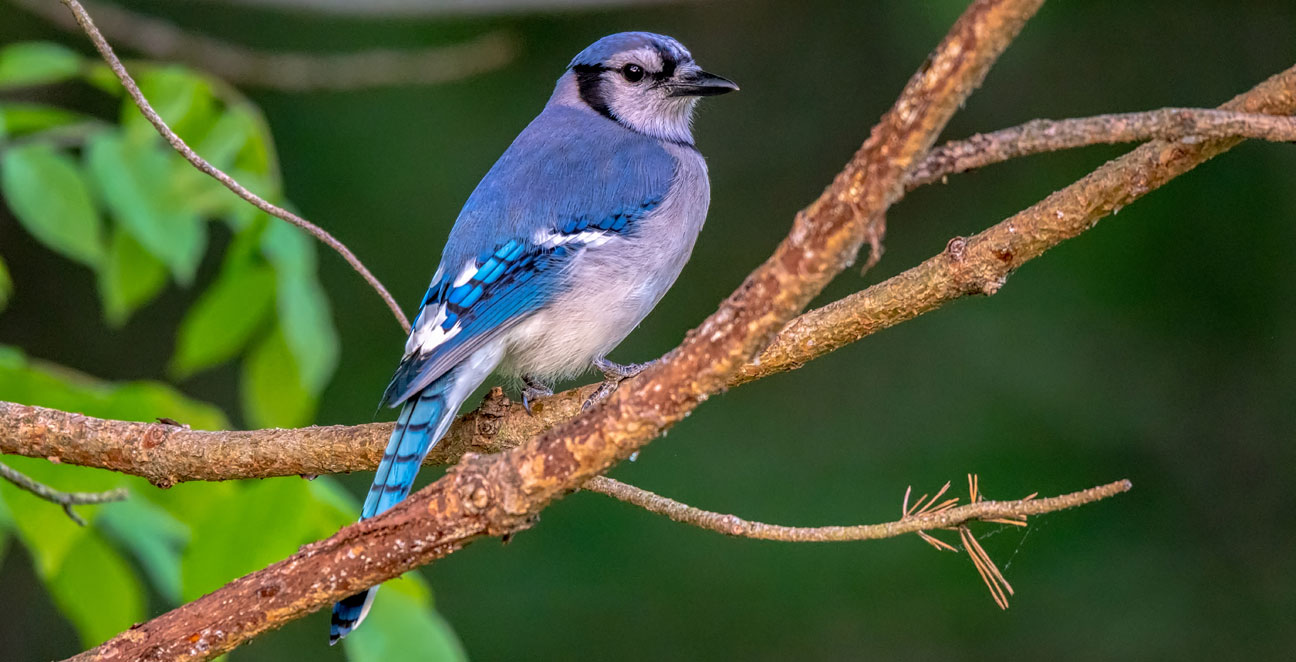
Yellow Warbler
Scientific Name:
Setophaga petechia
Length:
4.7-5.1 in (12-13 cm)
Weight:
0.3-0.4 oz (9-11 g)
Wingspan:
6.3-7.9 in (16-20 cm)
Nest:
The nest is a compact open cup of weed stalks, shredded bark, grass, lined with plant down or fur. Males accompany females on trips to the nest and will occasionally help build. The nest is typically within about 10 feet of the ground but occasionally up to about 40 feet.
Eggs:
4-5, sometimes 3-6. Greenish-white, with variety of specks or spots of brown, olive, and gray. Incubated solely by female, 11-12 days.
Feeding Behavior:
They forage along slender branches of shrubs and small trees, picking off insect prey as they go or briefly hovering to get at prey on leaves.
A large parts of their diet may be caterpillars of various kinds. Also feeds on mayflies, moths, mosquitoes, beetles, damselflies, treehoppers, and other insects, plus spiders; also eats a few berries.
Young:
Fed by both parents and young leave the nest 9-12 days after hatching.
Range:
Yellow warblers breed in almost the whole of North America, the Caribbean, and down to northern South America. They winter to the south of their breeding range, from southern California to the Amazon region, Bolivia and Peru.
Brief Description:
Yellow Warblers are uniformly yellow birds. Males are a bright, egg-yolk yellow with reddish streaks on the underparts. Young males soon acquire breast and, where appropriate, head coloration. Females are somewhat duller, most notably on the head. The eyes and the short thin beak are dark, while the feet are lighter or darker olive-buff.